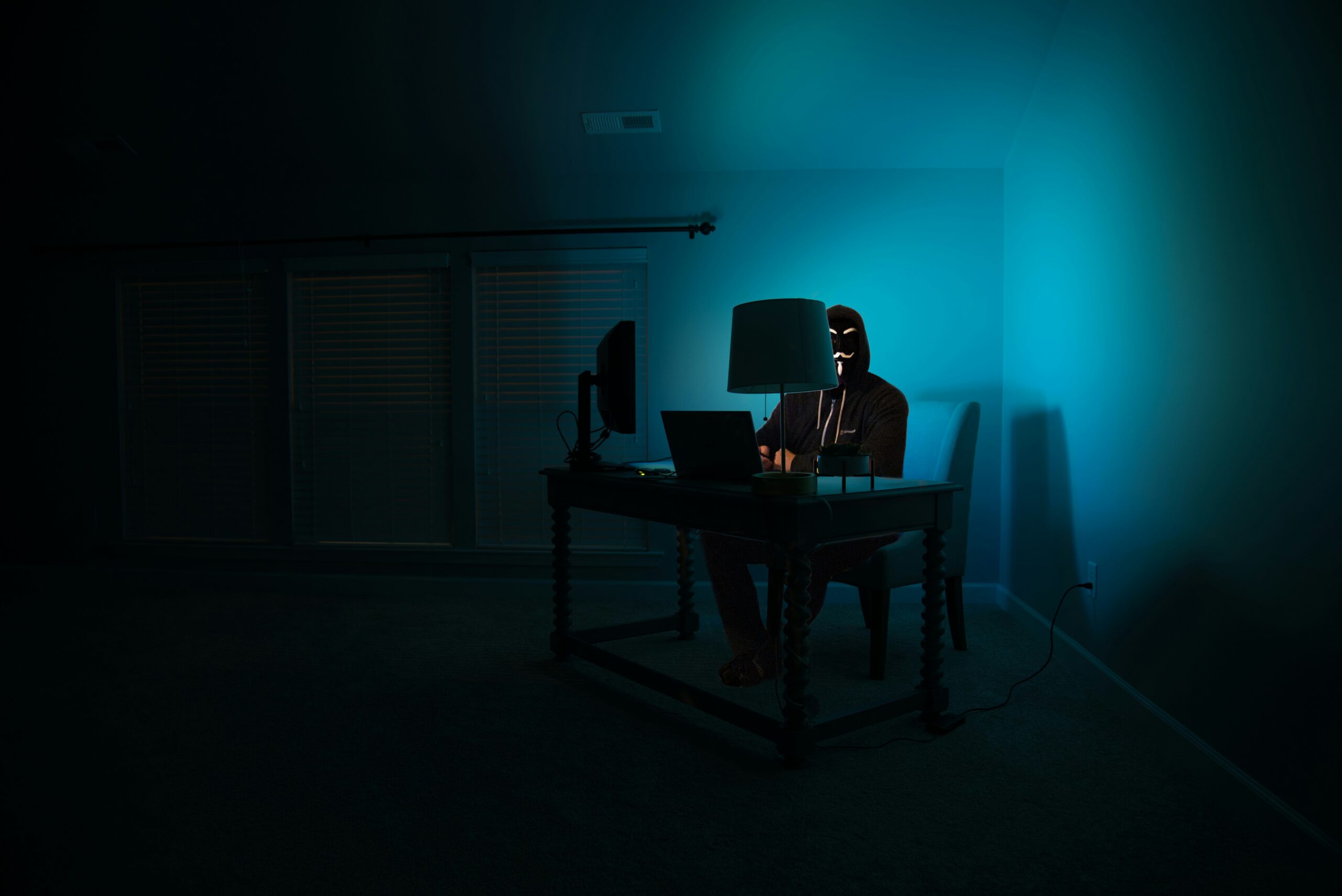In light of a recent FCC proposal to abrogate the exclusivity rules which prevent a cable provider from reproducing a program where a broadcaster has obtained exclusive rights, this post will discuss the history and justification of these rules.
A. The Early History of Non-duplication and Syndicated Exclusivity Rules
Broadcasters cannot transmit another broadcaster’s signal without consent.[1] Originally, this restriction was not applied to community antenna television (“CATV” or “Cable”) because the Federal Communications Commission (“FCC”) did not believe that CATV fell within its jurisdiction. This was because CATV did not use public airwaves to transmit its signal. Eventually, the FCC feared that CATV’s impact on broadcasters could be great, and as a result, the Supreme Court held that the “F.C.C. could exercise jurisdiction over cable to the extent that such oversight was ‘reasonably ancillary’ to its duties to regulate broadcast television.”[2]
With this assertion of jurisdiction, the FCC required CATV to obtain consent from a broadcaster before retransmitting a signal.[3] Broadcast stations would not grant retransmission consent because cable was broadcast television’s main competitor.[4] This freeze forced cable companies to bargain, supporting copyright legislation in exchange for regulations allowing cable’s growth in major markets.[5] The 1971 “Consensus Agreement” resulted in the FCC adopting additional measures to foster cable’s growth while protecting the interests of broadcast television and copyright holders.[6] In particular, the FCC now requires cable operators to delete programs from signals imported into major markets on the request of local broadcasters who had purchased exclusive rights to the programs.[7] Thus, the first network non-duplication and syndicated exclusivity rules were put into place.
B. Copyright Payments
The issue whether or not copyright protections extended to cable was first addressed in Fortnightly Corp. v. United Artists Television, Inc.[8] There, the court held that cable providers fell within the classification of a viewer as opposed to a broadcaster, and therefore did not violate a copyright owner’s rights when retransmitting their works.[9] This was affirmed in Teleprompter Corp. v. Columbia Broadcasting System.[10] The Teleprompter court acknowledged the economic impact cable had on the market,[11] but insisted upon a legislative solution to the economic dilemma broadcasters and copyright holders faced with respect to cable providers.[12] The belief relied on by the Teleprompter court—that the commercial relationship between broadcasters and program suppliers (copyright holders) was not harmed by cable retransmission—was finally addressed in the above mentioned “Consensus Agreement”.[13]
As stated, this agreement involved all the major industry players and placed limited copyright liability on cable providers, who agreed to voluntary regulation under the FCC.[14] The copyright legislation the Consensus Agreement referred to was later embodied in the Copyright Act of 1976.[15] In the Act, Congress provided that the retransmission of a broadcasted performance was subject to copyright protection.[16] Additionally, Congress established the compulsory license regime.[17]
C. The Later History of Network non-duplication and Syndicated Exclusivity Rules
In an effort to protect local broadcasters and encourage program diversity, the FCC enacted rules regarding: (a) a distant signal importation limitation; (b) syndicated rules; (c) and must carry rules.[18] These rules, in conjunction with the compulsory license regime, restricted cable’s use of copyrighted works and more evenly distributed the value of a program between the program creator, broadcaster and cable provider.[19] Thus, “the value of the retransmission of works on cable was captured through the value of exclusivity if the work was not retransmitted, or by the compulsory copyright royalties if it was.”[20]
However, the exclusivity rules were repealed by the FCC in 1980,[21] leaving the cable industry free from regulation while still paying less than market price for copyrights under the compulsory license. By 1988, Cable became such a dominant force in the market place that the FCC, having “a realization of the role which copyright value plays in balancing the entire framework”, reintroduced the exclusivity rules.[22]
The FCC determined that the deregulation of the cable industry allowed cable companies to, under the compulsory license, “obtain programming at a reduced rate, which was then retransmitted in direct competition with broadcasters.”[23] The result, the FCC argued, was that the compulsory copyright gave cable companies an unfair advantage and hampered the development of diverse programming.[24]
To find a better balance among all the parties and promote competitiveness, the Cable Television Consumer Protection and Competition Act of 1992 “directly confers on broadcasters the right to retransmission compensation, while the cable compulsory license provision of the Copyright Act prevents the copyright owners from directly receiving the value of retransmission from cable operators.”[25] Congress intended for this to allow broadcasters and cable providers to remain competitive and establish the actual value of retransmission.[26]
D. Latest FCC News
Most recently, with the passage of the Satellite Television Extension and Localism Act Reauthorization, the FCC has issued an order proposing to eliminate exclusivity rules.[27] Many opposed to this action fear that if the exclusivity rules are eliminated while the compulsory license remains, cable providers will “be given a free ride to retransmit copyrighted material without paying for it and in disregard of exclusive rights that broadcasters have bargained for.”[28] However, this argument ignores the creation of retransmission consent regime of the 1992 Cable Act.[29] Now, the FCC argues, the exclusivity granted by these rules is managed through contract, abrogating the need for such rules.
Stuart Anello is a second year law student at Cardozo. Before law school, Stuart was the guitarist for Navy Band Northeast, performing throughout the northeast 14 states. Now a law student, Stuart works for ASCAP and hopes to pursue a career advocating for songwriters and performers.
[1] 47 U.S.C. § 325 (1988).
[2] Patrick Murphy, Retransmission Consent: A Mixed Signal for Cable Copyright, 17 Colum.-VLA J.L. & Arts 237, 240 (1993) at 240; see also United States v. Sw. Cable Co., 392 U.S. 157 (1968).
[3] See Notice of Proposed Rulemaking and Notice of Inquiry (CATV) 2 F.C.C.2d 417 at 432 (1965); see also Note, Jacqueline A. Layton, The Right to Cable Royalties and the Divisibility of Copyright: Understanding the Interaction, 74 Minn. L. Rev. 1137 (1990).
[4] Id. at 1143 n. 42; See also Note, Lorna Veraldi, Cable Television’s Compulsory License: An Idea Whose Time Has Passed?, 25 N.Y.L. SCH. L. REV. 925 at 933 (1980).
[5] Id. at 934; see also Cable Television Report and Order, 36 F.C.C.2d 143 (1972) (stating that “now a consensus has been hammered out by the principal industries themselves and they have agreed to support legislation that resolves the remaining aspect of the copyright issue, that of copyright payments.”).
[6] 36 F.C.C.2d at 165-68; see also Veraldi, supra note 4.
[7] Veraldi, supra note 4 at 935.
[8] Fortnightly Corp. v. United Artists Television, Inc., 392 U.S. 390 (1968).
[9] Murphy Supra, note 2.
[10] Teleprompter Corp. v. Columbia Broadcasting System, 415 U.S. 394 (1974).
[11] Murphy Supra, note 2.
[12] See id.; see also Columbia Broadcasting System, 415 U.S. at 414.
[13] Murphy, Supra, note 2.
[14] Id.
[15] Id.
[16] 17 U.S.C. §111(b) (2014).
[17] 17 U.S.C. §111(d) (2014).
[18] Id.
[19] Id.
[20] Id. at 251.
[21] In the Matter of Cable Television Syndicated Program Exclusivity Rules in the Matter of Inquiry into the Econ. Relationship Between Television Broad. & Cable Television, 79 F.C.C.2d 663, 665 (1980) (ordering to delete exclusivity rules and not adopt cable retransmission consent.).
[22] In the Matter of Amendment of Parts 73 & 76 of the Commission’s Rules Relating to Program Exclusivity in the Cable & Broad. Indus., 3 FCC Rcd. 5299 (1988).
[23] Murphy Supra, note 2 at 254.
[24] In the Matter of Compulsory Copyright License for Cable Retransmission, 4 FCC Rcd. 6562 (1989).
[25] Murphy Supra, note 1; see also Cable Television Consumer Protection and Competition Act of 1992, Pub. L. No. 102-385, 106 Stat. 1460 (1992) (codified in scattered sections of 47 U.S.C.).
[26] Murphy, supra note 2 at 263-64.
[27] Tom Wheeler, Upgrading Media Rules to Better Serve Consumers in Today’s Video Marketplace, FCC.gov (Aug. 12, 2015, 12:00 PM), https://www.fcc.gov/news-events/blog/2015/08/12/upgrading-media-rules-better-serve-consumers-todays-video-marketplace.
[28] Bill Lake, The Time Has Come to End Outdated Broadcasting Exclusivity Rules, FCC.Gov (Sept. 22, 2015), https://www.fcc.gov/news-events/blog/2015/09/22/time-has-come-end-outdated-broadcasting-exclusivity-rules.
[29] Id.



